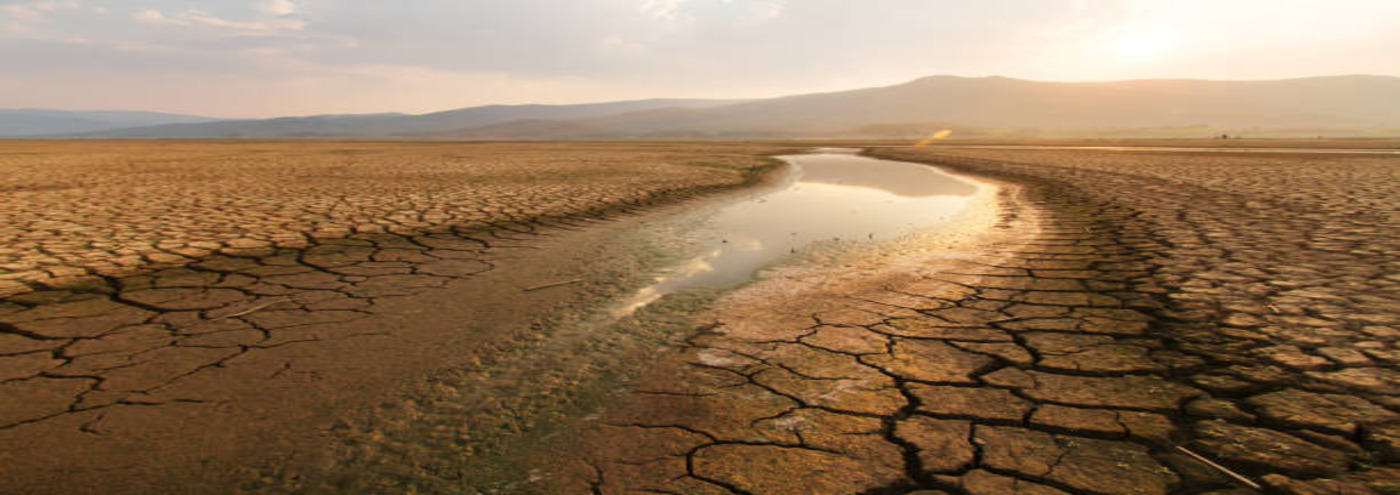Assessing impact of climate change or variability on the emergence of new plant diseases and development of innovative AI mobile application for control
Principal Investigator
Dr. Yinka-Banjo, Chika Ogochukwu,
University of Lagos,
Department of Computer Sciences,
cyinkabanjo@unilag.edu.ng
Tel – +2348033424289
Executive Summary
Provide a succinct summary of the Project. Please note that this summary will be provided to the evaluators for review and should provide a clear summary of the project including rationale, objectives, outputs to be delivered by the project and potential impacts to be achieved.
Climate variability has increased the Emergence of Infectious Diseases (EID) due to pathogens that have increased in incidence, geographical or host range threatening cultivated plants. Taro leaf blight (TLB) caused by Phytophthora. Colocasiae is aggressively causing the extinction of Taro crops produced mainly by smallholder farmers in west Africa. This is highly purported by the changing climate of high temperature. Taro is one of the major staple crops in developing countries and contributes to a cheap source of protein in carbohydrates. The symptom which initially appears as small water-soaked spots on the leaves, advances to a lesion and becomes irregular in shape and dark brown with yellow margins spreads like wildfire under cloudy conditions with intermittent rains and temperature around 28˚C, giving the field a blighted appearance. It is presumed that early detection and application of endophytes will be the most appropriate means of saving the extinction of this crop. To ensure high yield of this crop which contribute greatly to food surpluses for poor smallholder farmers, this project aims to assess the impact of climate change or variability on the emergence of new plant diseases such as Phytophthora colocasiae and to develop innovative mobile application to evaluate the biological control potential for this disease using fungal endophytes. Early detection of plant diseases has been shown to help in minimizing the spread of these pathogens (Buja, et al., 2021). The study aims to explore using the object detection and classification algorithms built on the Tensorflow and Keras libraries to train a pre-trained Single Shot Detector (SSD) Mobilenet model machine learning library to identify early-stage cases of TLB in taro plants. Additionally, the approach takes advantage of Keras’s built-in Image Augmentation algorithms to produce additional photos for our datasets. This early detection will ensure these cases can be reversed before it affects the corms, hence ensuring no or little reduction in yield. The resulting model will then be imported into an Android app which is usable on very low-cost and low-end Android smartphones. The developed AI model will be deployed in the farm by farmers during the peak raining season at the onset of this disease. A smallholder farmer will be able to use this app to detect TLB very early just at the point of the phone’s camera without professional expertise nearby. This will reduce the possibility of a massive outbreak of TLB and reduce the cost of detection of TLB outbreaks. The Android application also enables a smallholder farmer to maintain and analyse the disease conditions of several farms, as well as to determine the necessary fungal endophytes to help rectify the problem. The impacts of climate change and variability on the emergence and incidence of Phytophthora colocasiae will be known. Establishment of fungal endophytic fungi that can control the TLB. Farmers’ appreciation of the potential of fungal endophytic fungi to control TLB and appropriation of technologies will be developed.
Objectives
What are the overall and specific objectives of your proposed research against which success or failure can be assessed?
The aim of this study is to assess the impact of climate change or variability on the emergence of new plant diseases such as Phytophthora colocasiae and to develop artificial intelligence innovation that will evaluate the biological control potential for this disease using fungal endophytes, thereby offering potential solution for taro
Specific study objectives
- Investigate the possible impact of climate change on the emergence and severity of Phytophthora colocasiae using species distribution models (SDM).
- Optimise the possible pathogen to control the disease emergence of TLB in relation to climatic variables.
- Develop artificial intelligence innovation tools that will be deployed at the peak of rains to cleverly detect TLB early and subsequent administration of endophytes for TLB control.
Key Research Question(s) and Hypotheses to be tested
It is important, where applicable, to include an underlying hypothesis/research question that drives the research and then to provide some general hypotheses to be tested.
Research questions
- How is TLB currently distributed in southeastern Nigeria or Ghana and what factors influence its distribution?
- What are the impacts of climate change and variability on the emergence and incidence of Phytophthora colocasiae?
- Will the development of an AI powered crop protection recommendation and management system reduce crop production losses?
- Will this Artificial Intelligence innovation be able to detect TLB and be relevant to the future climate change research and capacity building in Africa for crop protection, management and adaptation?
- What colonized fungal entomopathogens on taro can inhibit the growth of or have antagonistic effects against P. colocasiae?

